5 Stars

First released as a double vinyl album in February 1975, Physical Graffiti went on to 16x Platinum, selling over eight million copies in the USA alone.
Physical Graffiti was Led Zeppelin’s sixth studio release, and let’s face it! Big footprints to follow. Led Zeppelin (1969), Led Zeppelin 2 (1969), Led Zeppelin 3 (1970), Led Zeppelin, Untitled, 4? (1971), and Houses of the Holy (1973). But many still consider Physical Graffiti Led Zeppelin’s finest hour.

rocks across it.
Recording started in early 1974 at Headley Grange, a country house in Hampshire. This time they had the freedom to record at leisure, experimenting and jamming along the way. Even so, they quickly completed eight songs, so they decided to add on some songs they had already recorded from previous albums. As such, this is how masterpieces come together. The music covers a complete array of genres, including Heavy Rock, Classic Rock, Blues, Progressive Rock, Rock’n’Roll, Funk, and Folk. But it is always labelled as Hard Rock. Mind you, when Led Zeppelin rocks hard, you stay rocked.
Led Zeppelin were Jimmy Page on guitars, Robert Plant on vocals and harmonica, John Paul Jones on bass guitar, mandolin and keyboards, and John Bonham on drums. They really were the ultimate supergroup of their time.
The production was handled by Jimmy Page, with engineering by Keith Harwood at Olympic. Not forgetting executive production by Peter Grant, Led Zeppelin’s strongman manager, who was at the peak of his powers.
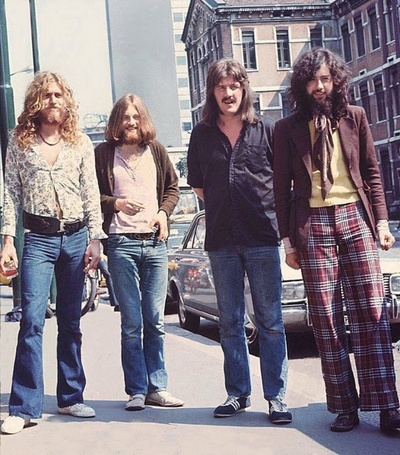
The album opens with Led Zeppelin showing off their rock prowess on ‘Custard Pie,’ and we are off on a dashing adventure. After this, the musical punches come in rapid succession, with the album clocking in at eighty-two minutes and fifty-nine seconds of brilliance.
Three epic tracks are included, all at around the ten minutes mark, in ‘My Time Of Dying’, ‘Kashmir,’ and ‘In The Light’. All three became staples of the live Led Zeppelin experience, with Kashmir taking a lot of plaudits, often being cited as the best rock song ever recorded. Kashmir became an idea, with the bones sketched out in early 1973, and it was included in the live set for quite some time before recording in any studio.
The main composers are credited as Page/Plant, but the other two should take credit as well. Its repetitive riff shows off Led Zeppelin’s power like never before. It is quite an extraordinary song in that it breaks many rules considered essential at the time. There is no guitar solo over the whole eight and a half-minutes. In fact, there are no solos at all, a true group effort. Robert Plant’s wailing vocals would inspire many imitators, but he was never bettered. John Bonham holds the song together with some sturdy drumming, whilst John Paul Jones’ bass work is hypnotic. Jimmy Page puts in a guitar performance that could only have come from the genius who created the very essence of Led Zeppelin.
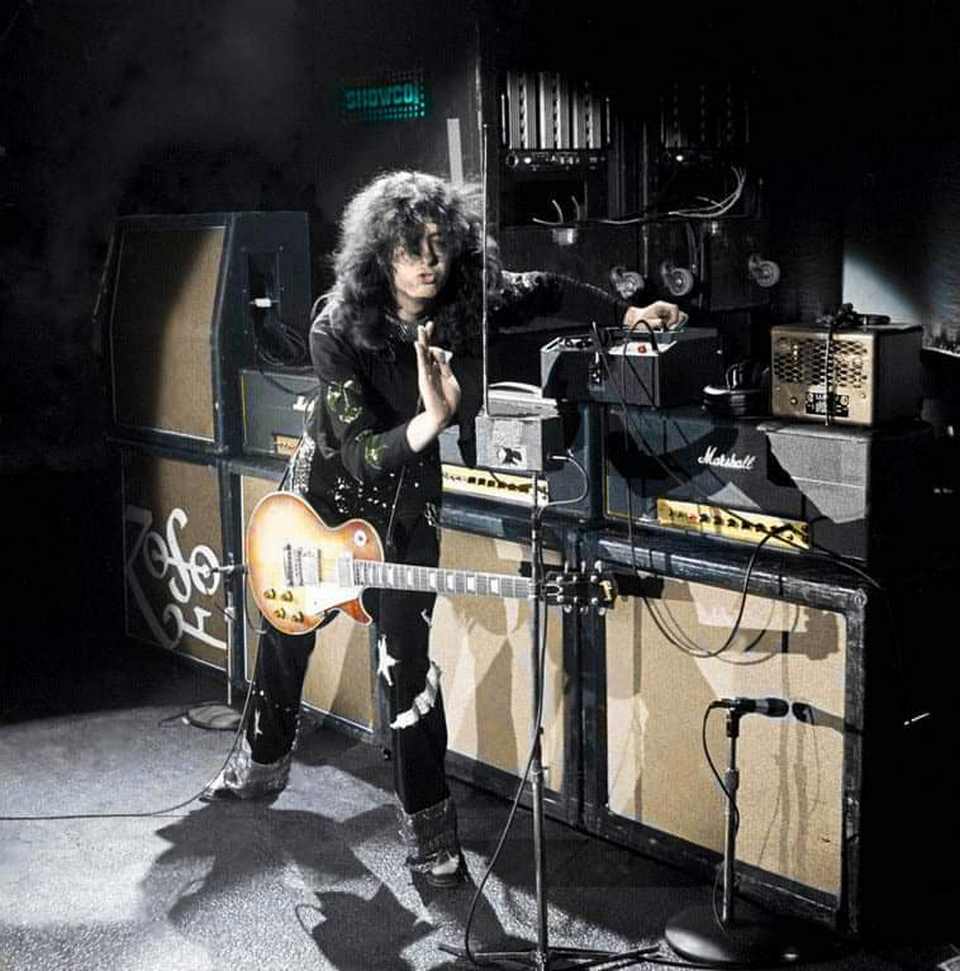
Going on behind the song, which is perhaps what makes it so outstanding, are some amazing eastern inspired keyboards from John Paul Jones, plus some orchestral arrangements by uncredited musicians. Kashmir is a true work of art; it is Physical Graffiti’s quintessential track. Although Kashmir was the centrepiece of most Led Zeppelin live shows, sadly, it did not make it onto Led Zeppelin’s live albums. None of the band had ever been to Kashmir at that point, but its mere reputation was enough to inspire this work.
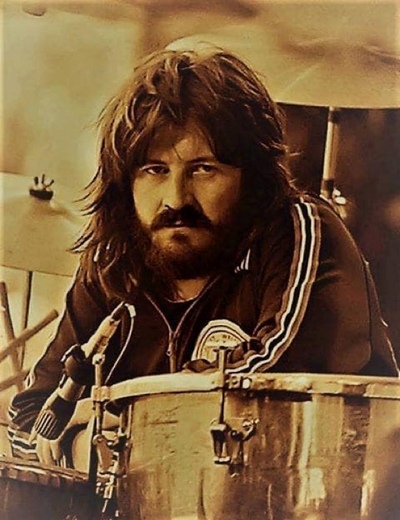
drummer in the world by every rock music magazine.
He still is more than four decades after his tragic death.
Both live albums, “Once Upon A Time In The West” and “The Song Remains The Same”, missed the opportunity to put out an official live version of Kashmir, much to many fans’ disappointment. When Led Zeppelin reformed for a one-off concert as a tribute to Ahmed Ertegun in 2007, a live recording was finally released in 2012 on the album “Celebration Day.” Although a good version, it’s not great, missing the belligerence of the band in their prime. There are many easily obtainable bootleg versions available, however.
Every track on Physical Graffiti is a diamond. There’s a lot of fun as well, ‘Boogie With Stu’ being a rip-roaring jam in the studio with Rolling Stones pianist Ian Stewart, and the joy generated by ‘Night Flight’ is almost palpable. ‘In My Time Of Dying,’ whilst also showing off the genius of Jimmy Page, radiates menace. ‘Down By The Seaside’ does as the label says.
So Physical Graffiti shows us one of the many high points in the mountain range of Led Zeppelin’s career. An album that should be in every serious rock music fan’s collection.

Full Track Listing
Custard Pie (Recorded at Headley Grange, 1974)
The Rover (Houses of the Holy outtake)
In My Time Of Dying (Recorded at Headley Grange, 1974)
Houses Of The Holy (Houses of the Holy outtake. Quite surreal that even the title track of a Led Zeppelin album did not make it onto the album at the first opportunity, it was not for lack of quality.)
Trampled Under Foot (Recorded at Headley Grange, 1974)
Kashmir (Recorded at Headley Grange, 1974)
In The Light (Recorded at Headley Grange, 1974)
Bron-Yr-Aur (Led Zeppelin 4 outtake)
Down by the Seaside (Led Zeppelin 4 outtake)
Ten Years Gone (Recorded at Headley Grange, 1974)
Night Flight (Led Zeppelin 4 outtake)
The Wanton Song (Recorded at Headley Grange, 1974)
Boogie with Stu (Led Zeppelin 4 outtake)
Black Country Woman (Houses of the Holy outtake)
Sick Again (Recorded at Headley Grange, 1974)
Written by Mott the Dog
Remember to visit and subscribe to Mott’s Facebook page: https://www.facebook.com/groups/1003417143122919/
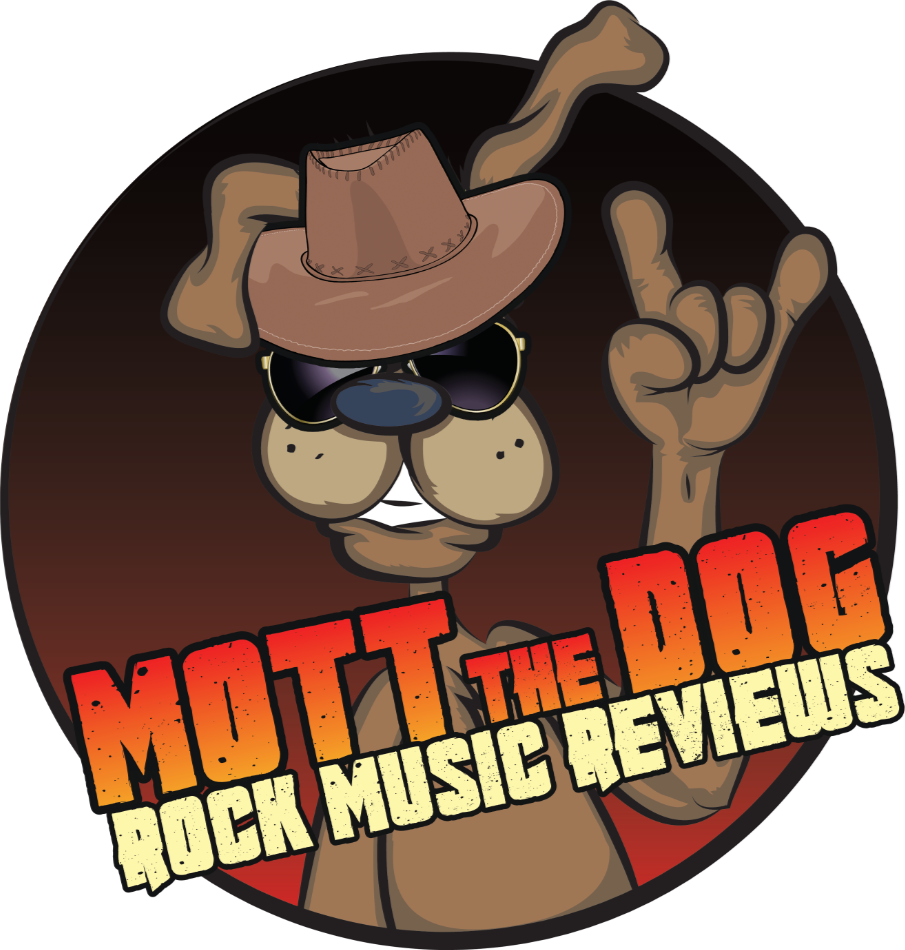

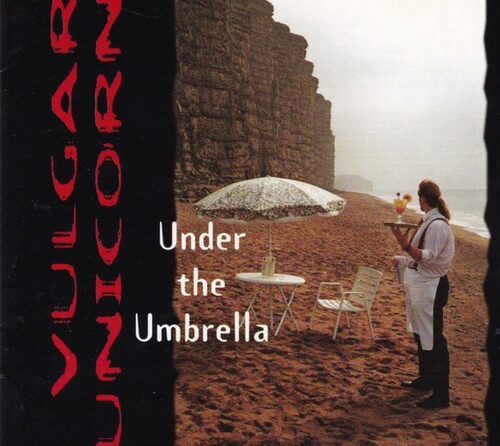
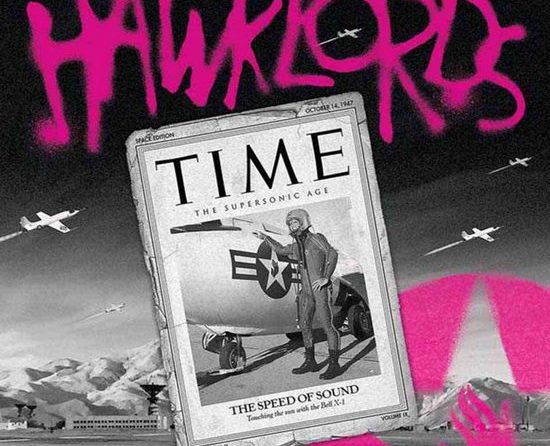

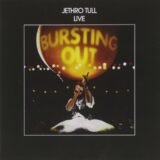
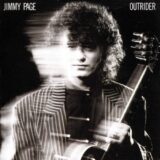
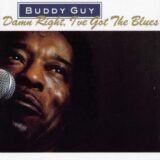

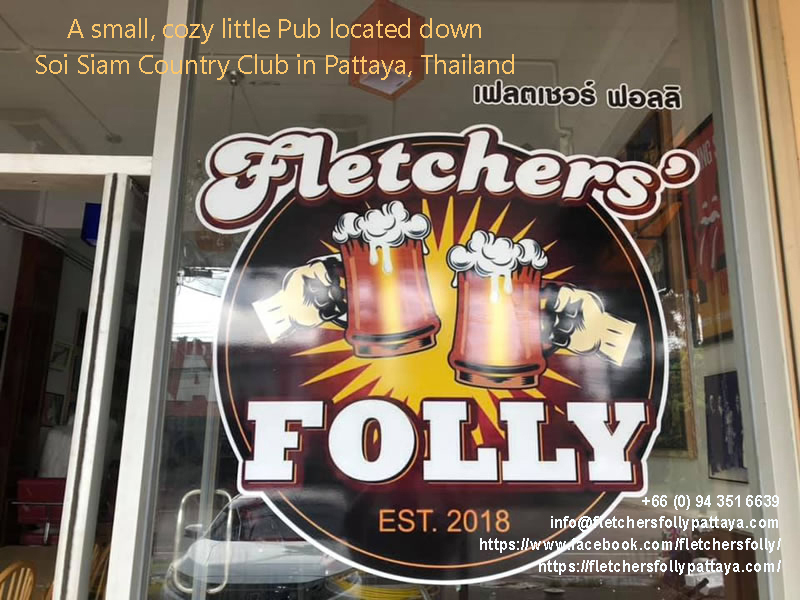
One very small comment in this excellent review by The Dog …..”Wasted on CDs now of course” leads me to a salutory tale.
I grew up with Physical Graffiti.
Bought the record in a small shop in Lancashire on its day of release in 1975 immediately upon walking out of the factory gate in my apprentice engineer’s overalls with my weekly pay packet.
Stayed in that night (usually unhead of) and played it over so many times that it became indelible on my mind.
The Dog’s review says it all. No need for me to say more.
I had to wait until 1979 to actually see Zeppelin at both Knebworth weekend gigs in UK but by that time with drugs, tragedy, fear of flying, clashes with promotors and many other negatives, the band were somewhat in freefall and it was left to the musical genius, John Paul Jones to rescue the next album release (In through The Out Door).
However, to continue the tale…..
Bought the album in 1975.
Stupidly sold it in 1985 to replace in CD format (how stupid can a person be ??)
Then in August of this year came The Dog’s comment …. “Wasted on CDs now of course”
I bought a vinyl copy of an early pressing with a view to the purchase of a turntable at some point later this year.
I haven’t bought the turntable yet but I HAVE bought 21 early pressing vinyl albums from the 1970’s (Sabbath, Tull, Zeppelin, Trower, etc)
The wife has promised me a turntable (she has only just realised that a decent one will cost her
about $ 1000) !!
This is an expensive exercise but a worthwhile one.
Amazing what a small comment can do.
Thanks for yet another amazing review.
Looking forward to the next one.